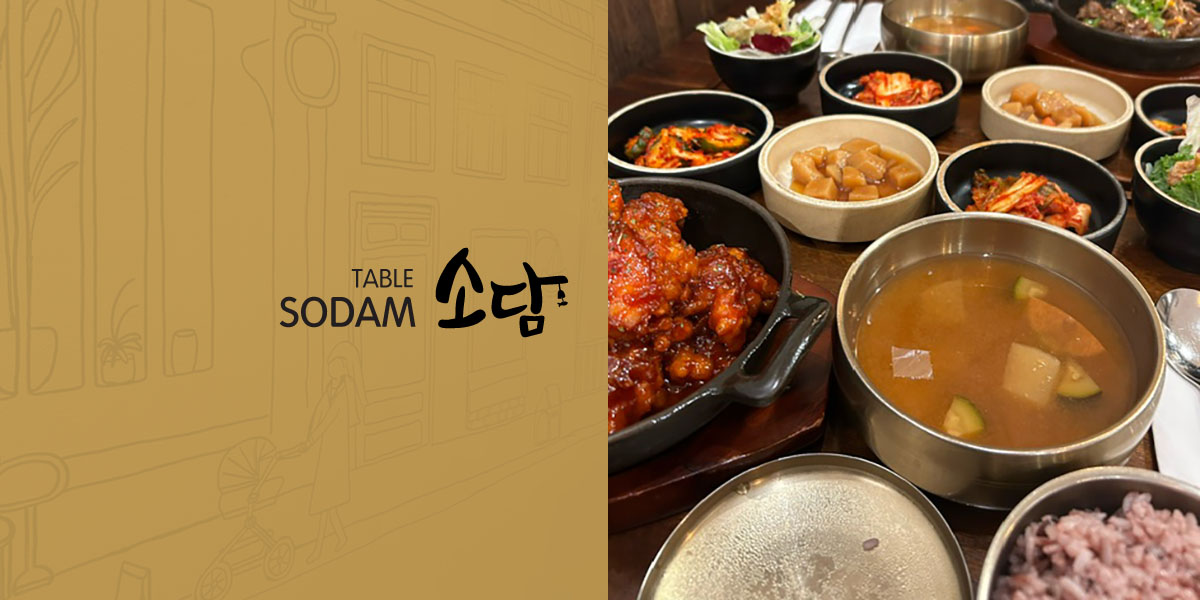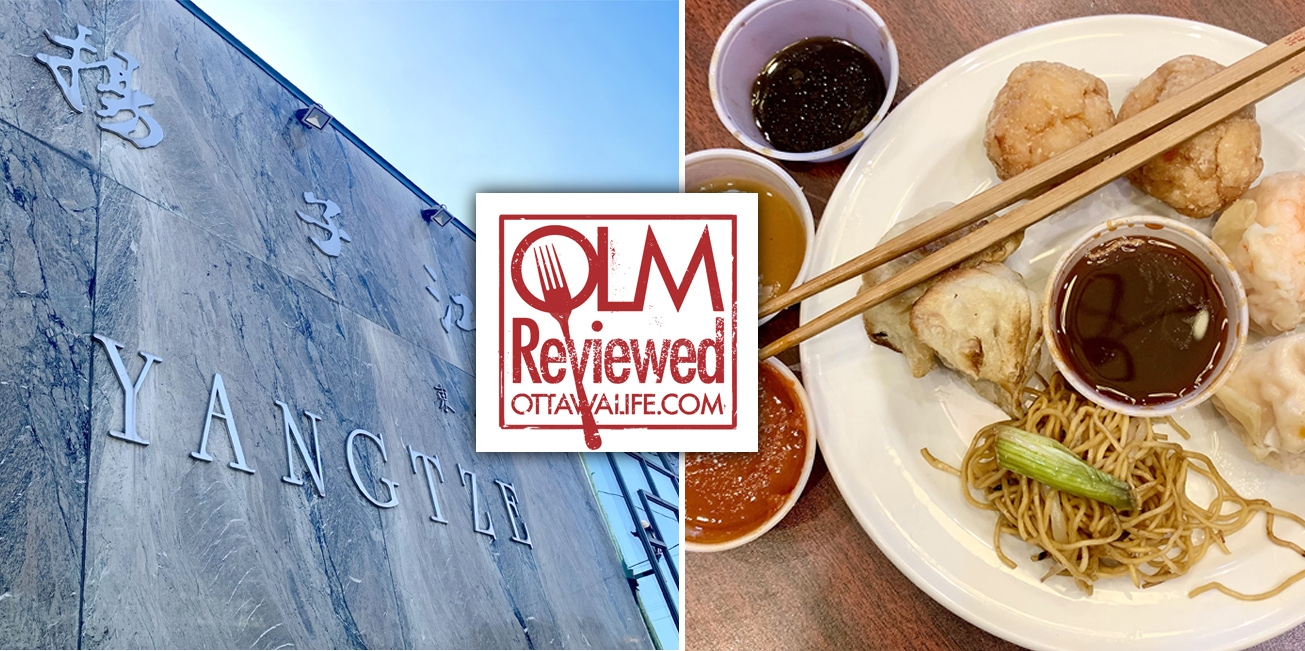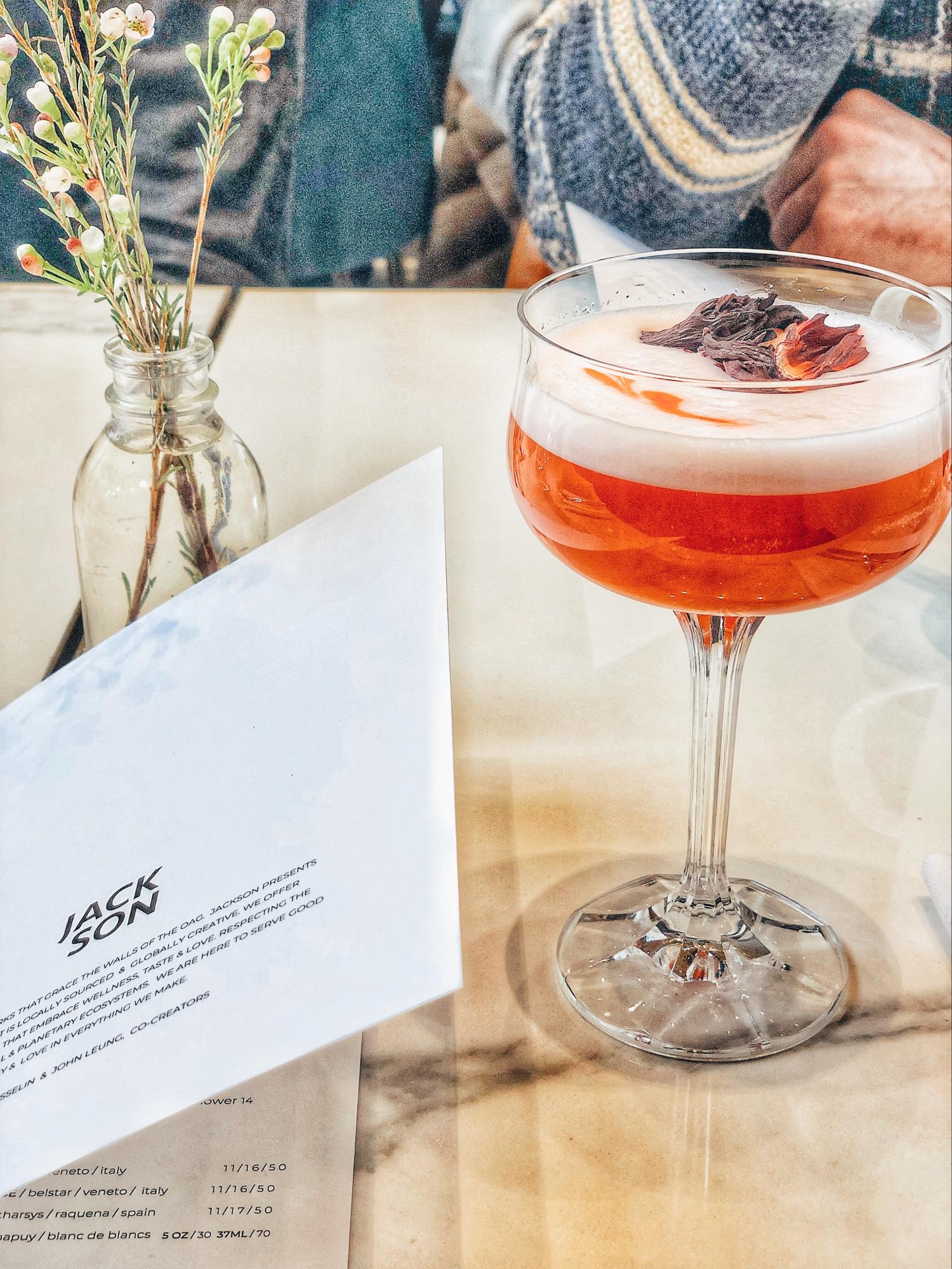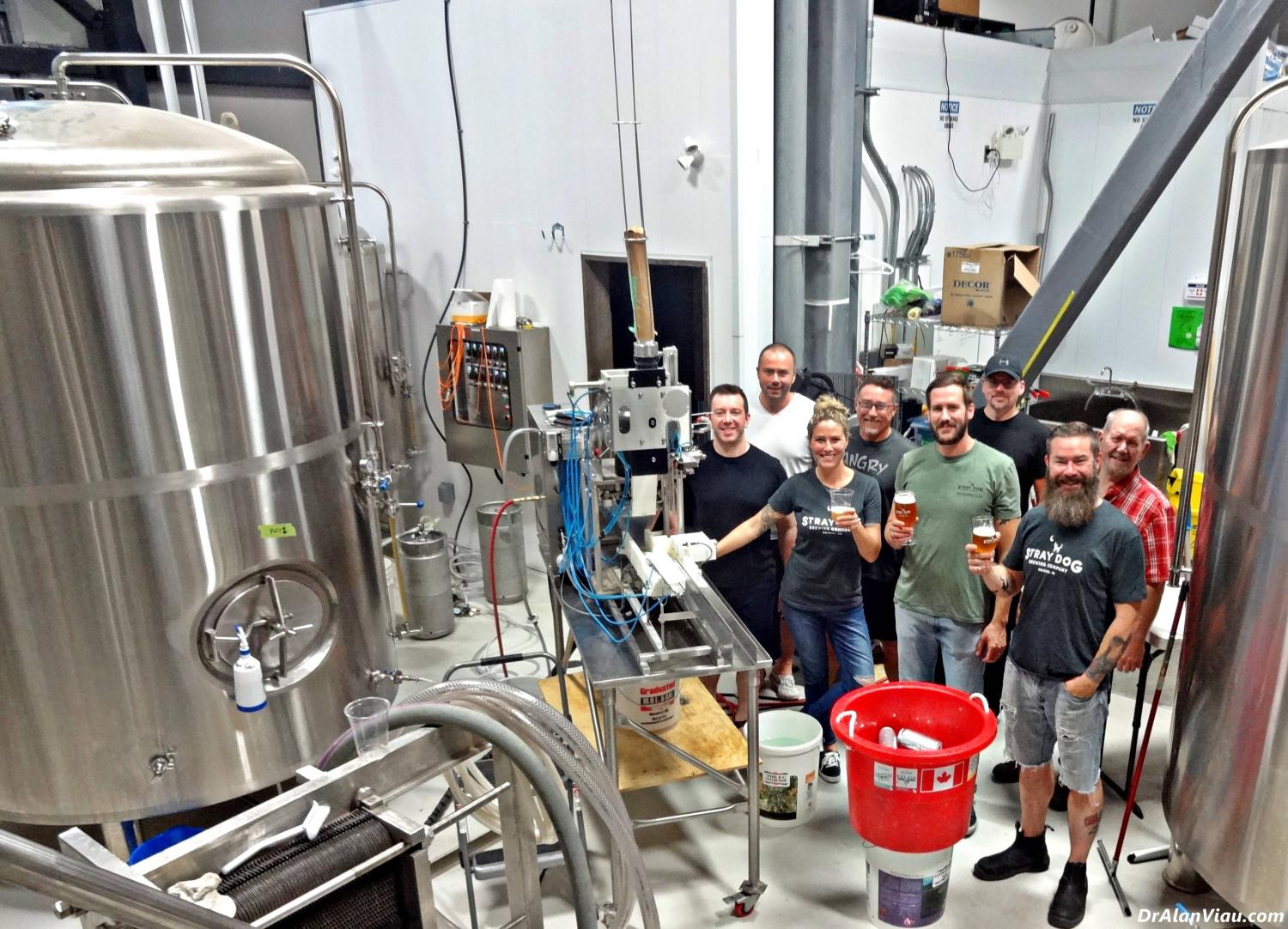
Grab a Seat and Experience Food Bliss at Table Sodam
The multitude of Ottawa restaurants boasting top-tier Asian cuisines is rich and plentiful, even outside the Somerset Street Chinatown area. Korean food is no exception. Spots for delicious Korean bites can be found all over the city but for the average diner, Korean food isn’t often top of mind when Asian food is discussed . . . but it should. Table Sodam proves it, case and point.
Tucked in among the numerous businesses on Bank Street in Old Ottawa South, this small establishment, with no more than eight tables and a kitchen, delivers out-of-this-world flavours, generous portions, and outstanding service, all centred around modern Korean dishes.
When you walk in through the door, your reaction is either: “Thank goodness, there’s a table available!” or “Darn, looks like I’m waiting for a table.” With their limited seating, no matter what time you come, you run the risk of having to wait, but at Table Sodam, the quality makes it worth the wait, even if it’s a long one.
When a table becomes available, the extremely friendly staff — seriously, it seems the people working here genuinely LOVE what they do — guide you to it. It’s impossible not to notice the black and white mural of Bank Street along the right side wall, a nice homage to the community where this business has thrived for years.
As you’re seated, a complimentary pot of Korean green tea and your menus to review are placed on the table. Table Sodam refers to their restaurant as a “Hidden but Premier Modern Korean Kitchen & Bistro.” They aim to take classic Korean flavours and dishes, pairing them with a modern feel through their aesthetic, service, and unique style.
The menu is the perfect size. It may be controversial, but I think too many items on a menu is confusing and leads me to believe that the food will not be very good. I often question how an establishment expects to do EVERYTHING to the best of their abilities when tasked with doing so many things! I’d rather a menu be too small; at least then, I can assume the restaurant has a speciality they focus on. However, the structure of about ten main dishes and a few side choices is a sweet spot that gave me confidence in Table Sodam.
Many of the dishes appeared delicious. We were having trouble deciding on what to eat but noticed roughly four options were listed under ‘assorted side dishes,’ leading us to the conclusion that this would be our best chance at tasting the widest variety of food. We decided to get two of those dishes, sharing them, understanding we’d each have our own matching set of sides and would just need to divvy up the main proteins. The two choices we made were the Bulgogi Beef and the Spicy Dak Gang Jung, a take on a saucy Korean fried chicken.
What came to the table was way beyond our expectations — two large and sleek-looking boards covered with modern dishware and filled with a plethora of unique-looking delights. At the centre of each board were the main dishes, piled high and piping hot, ready to be devoured.
The proteins were truly the crescendo of the evening. I will start by breaking down each of the six (yes, SIX) side dishes on our respective boards. I have eaten A LOT of food from cultures spanning around the globe, but I am not an expert on Korean food, so I employed the help of our server to walk me through each of the side dishes. They were all relatively recognizable at their core, but each had its own unique element that I wanted to be sure to relay accurately.
Note that each of our dishes was $24 and $22 respectively. After reading the balance of this article, I welcome you to return to this moment for a collective but positive gasp.
First was the purple rice. I know what you’re thinking . . . how does one make purple rice? — perhaps the implementation of a popular vegetable in Asian cultures like taro or purple sweet potato? Or maybe Ume, an incredible fermented plum. Nope, it turns out that a mixture of plain white rice and less popular but equally simple black rice are cooked in the same pot to create this vibrant purple colour that stains each grain. The rice was cooked perfectly. Don’t expect fancy, spiced-to-the-nines rice; this aesthetically pleasing starch is meant to be used as a vehicle for flavour when paired with your main dish.
Next on the side dish list were two kinds of kimchi, each with a different flavour profile that served a different purpose. First was a classic cabbage kimchi. This variation of the popular fermented Korean salad brought the HEAT! It boasted a wonderfully spicy flavour and kept its crisp texture. It was great, but the second kimchi side was undoubtedly my favourite. Slightly less spicy, this kimchi had much less cabbage; in fact, the thinly sliced cabbage seemed like a minor addition. The main player in this bowl was a pickled cucumber like I’d never had before. The mixture of the funky fermentation process, the acidic and briny pickle, and that banging kimchi sauce was the exact bite I needed.
One role, if not the most important, of a side dish is to provide welcomed relief from your main dish, especially when dealing with the bold, salty, and often spicy flavours of Korean cooking. I found myself continuously reaching back for this side more than any other to enjoy a bright and fresh palate cleanser between bites.
The following side dish was the most unfamiliar, made with arguably THE most familiar ingredient — potatoes. Diced into bite-sized cubes, the potatoes were then cooked and tossed in a unique sweet soy sauce that had been reduced down to a syrupy consistency. The soy used is something I’ve never seen before. The colour of this dish is a pale brown, almost orangey, very different from the dark black soy sauces we are accustomed to. This dish was unlike anything I’d had in my lifetime; it brought a welcomed yet mild sweetness to the party, and I found myself trying not to lick the bowl clean once the potatoes were gone.
Of course, no array of sides is complete without a soup and salad. The salad was fine — a bowl of mixed greens with a dollop of chunky dressing — nothing worth writing in great detail about, but the soup was stellar.
If you’ve never had Korean miso soup, you have to try it. If you’re not a fan of Japanese miso soup because of its intense umami, almost salty flavour, then you DOUBLY have to try its Korean counterpart. Korean miso soup is much milder than the famous Japanese version and contains more variety than simply tofu and green onion. It is light, easily palatable, and still carries a modest amount of that umami flavour we all crave. As I write this review, I find it difficult to describe all of the nuances of this soup; you simply must try it for yourself.
Okay, main event time! The reason Table Sodam has become a secret staple in Ottawa!
Think of your favourite takeout chicken ever: Crispy, saucy, and packed with flavour. Now make it crispier, saucier, juicier, and packed with even more of a punch! That’s Dak Gang Jung. The Koreans have perfected the art of frying chicken to allow each piece to stay ear-drum-shatteringly crispy despite being doused in a sticky sauce. My bowl was piled high with large pieces of succulent chicken, tossed in a sauce that covered all three S’s — Sweet, Spicy. Savoury. It was truly superb! I understand why the bowl it was served in had handles because if anyone tried to take it away from me, I would hold on for dear life. Next time someone asks you to get KFC, do yourself a favour and opt for Korean fried chicken — sorry, Colonel.
Across the table, in my friend’s similarly handled dish, was the Korean staple many of us have heard of, Bulgogi. You’ve likely seen it while scrolling through food-related Tik-Tok content or on the Food Network when Guy Fieri takes you to ‘Flavour Town,’ but what exactly is it? In general, Bulgogi is a thinly sliced beef dish, preferably ribeye, that has sat in for many hours in some variation of a sweet soy marinade. The meat is then cooked hot and fast, providing a crispy yet tender bowl of beef strips, often served with rice and veggies.
Table Sodam nails this staple; it’s everything you want and need! The thin ribeye soaked up all of its marinade, leaving a perfectly tender and packed-with-flavour bowl of steak that will have you wondering why you’ve ever cooked your meat any other way!
Good Korean food, or good food in general, for that matter, is all about invoking emotion with every bite. Each element of the dining experience needs to make leaving your house and spending your hard-earned money worth it. Table Sodam is the epitome of this sentiment.
From the moment you walk in the door, to each interaction with the staff, to the repressed urges you fight to lick every last bowl clean, dining at Table Sodam evokes an emotion that can only be defined by one word: bliss.
Table Sodam is located at 1200 Bank Street. Visit them online at www.table85.com








